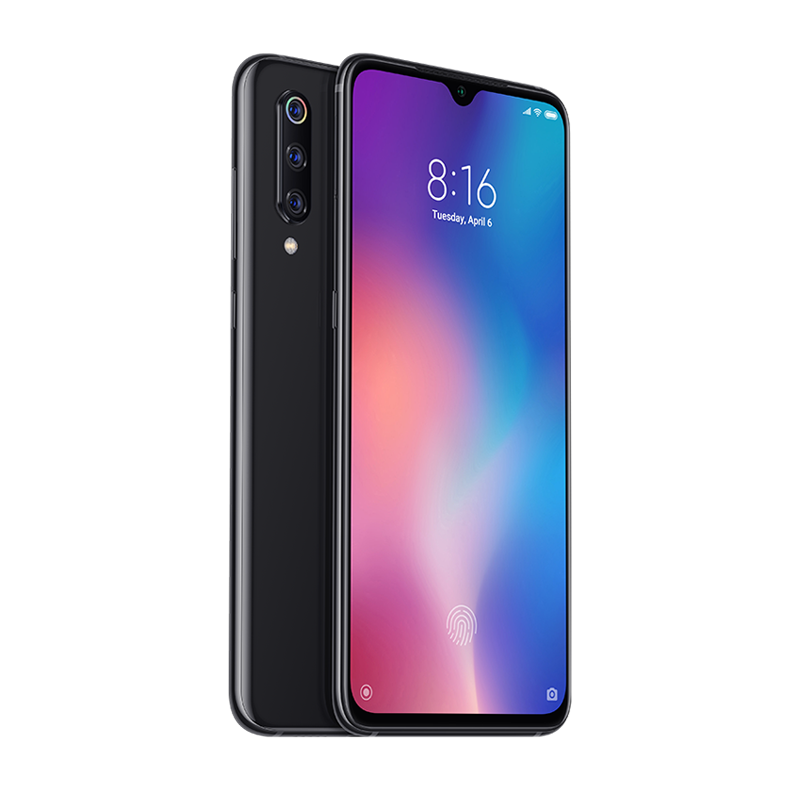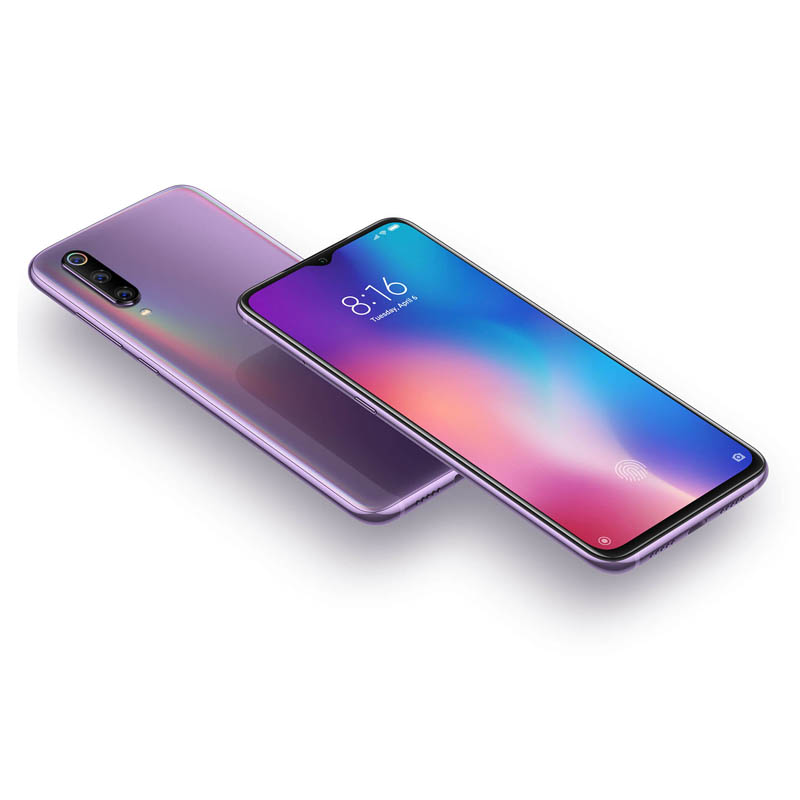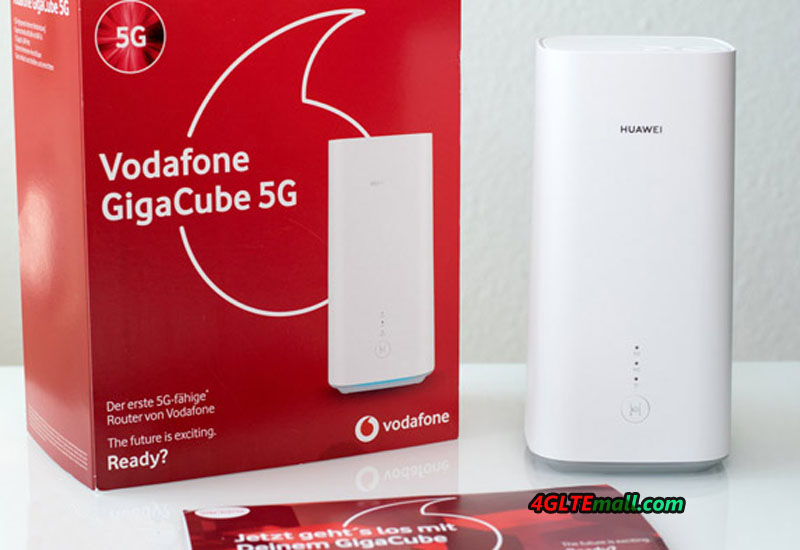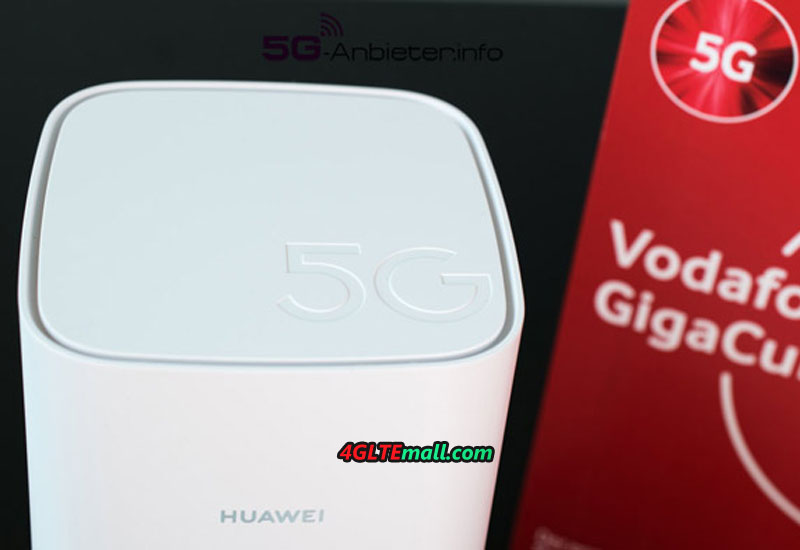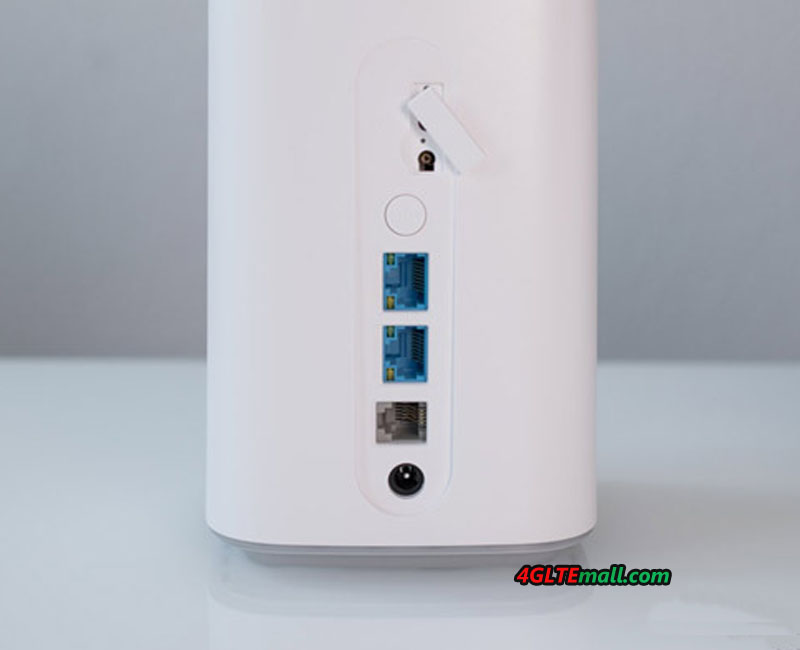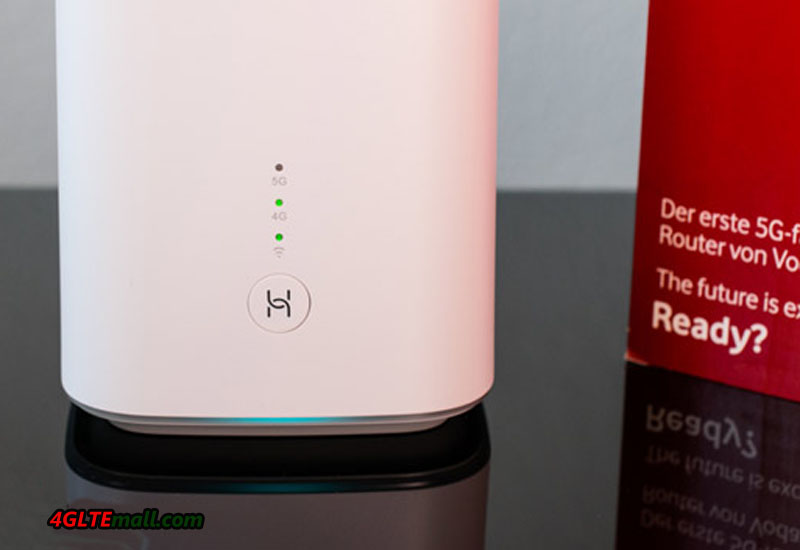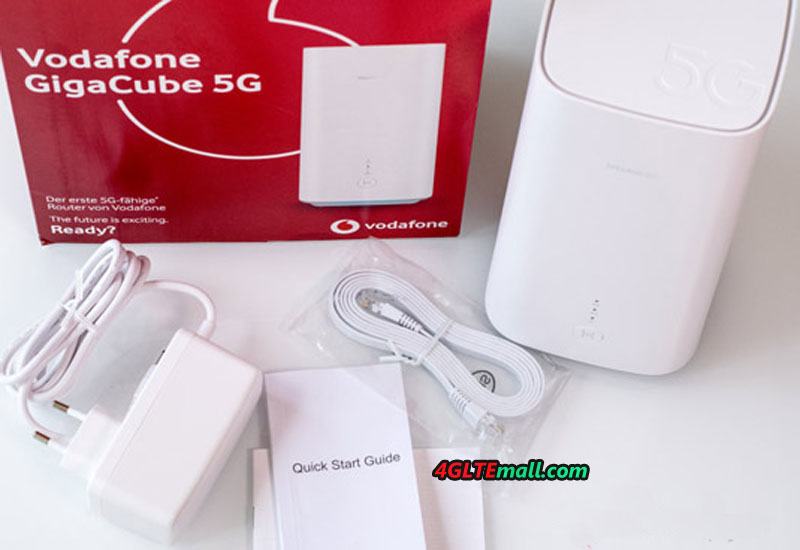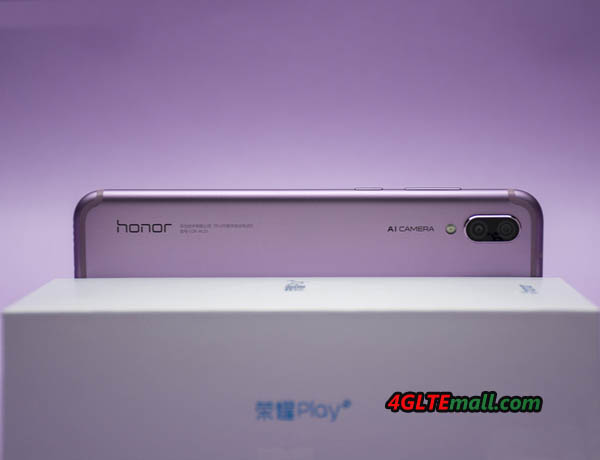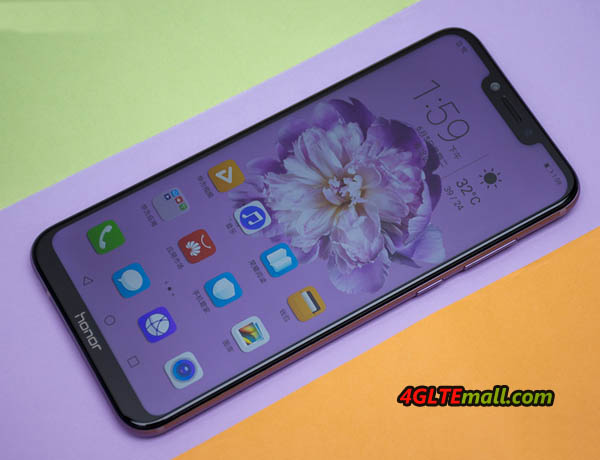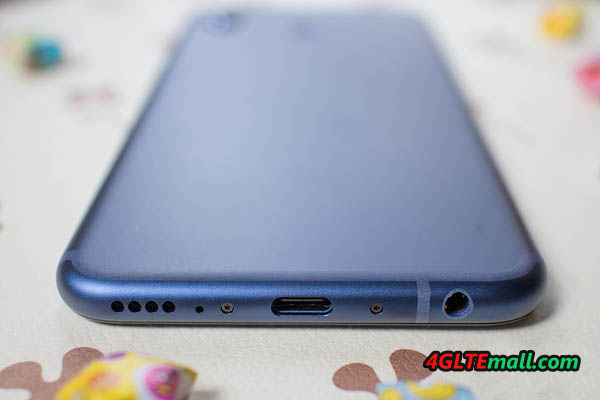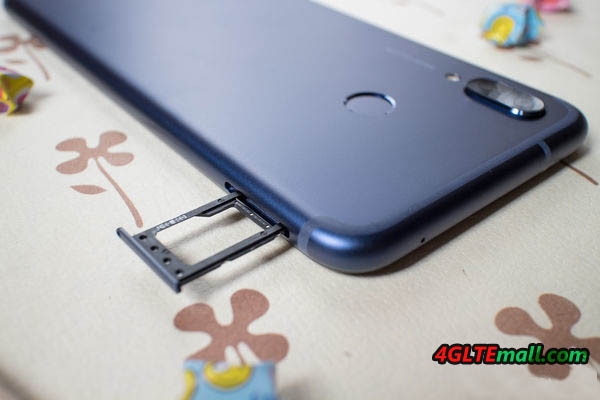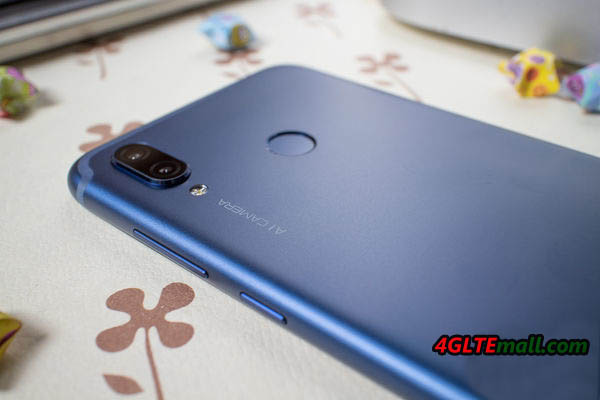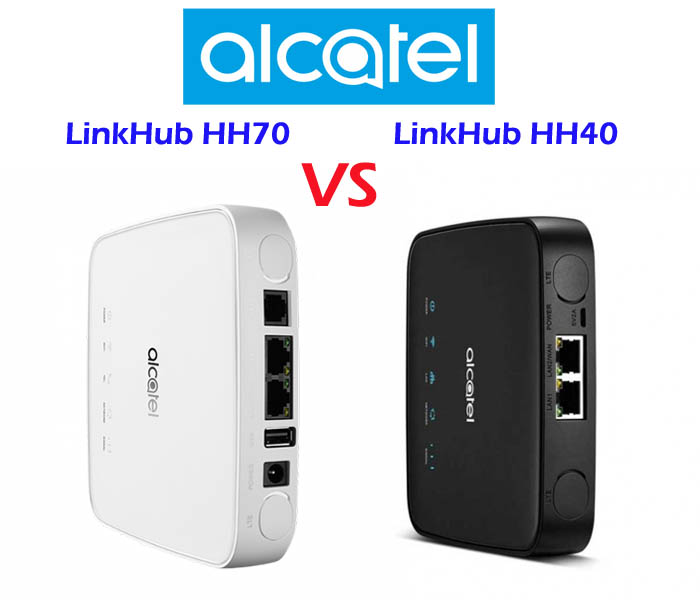-
[PR]
×
[PR]上記の広告は3ヶ月以上新規記事投稿のないブログに表示されています。新しい記事を書く事で広告が消えます。
-
Xiaomi Mi 9 Pro 5G Smartphone Review
The Chinese manufacturer Xiaomi, bring his new 5G smartphones to the customer: Mi 9 Pro 5G. Comparing with the predecessor Xiaomi Mi 9, the new smartphone supports the new 5G mobile communications standard and also brings some interesting functions with it.
New 5G smartphone
The Xiaomi Mi 9 Pro 5G is not the first 5G cell phone from Xiaomi. The first 5G cell phone is Xiaomi Mix 3 5G. Of course, the device also works in older mobile standards such as LTE and 3G. As introduced, Xiaomi Mi 9 Pro 5G is to sport 30W Super Fast Wireless Charging technology. The device has already received TENAA certification which revealed some key specifications. The Mi Pro 5G cell phone will have a 6.39-inch display while running on Snapdragon 855 Plus SoC. The phone will feature up to 12GB RAM with up to 512GB internal storage along with a 4,000mAh battery.
Super Charge 30W Wireless Technology
Especially interesting is the charging function. The new Xiaomi 5G phone is the first smartphone that can be charged with 30 watts. The highlight of this event was Xiaomi’s Mi Charge Turbo technology, of course. Xiaomi claims that Mi Charge Turbo is the world’s first 30W wireless charging solution. With this, users can wirelessly charge a 4,000mAh battery phone from 0% to 50% in just 25 minutes, and up to 100% in just 70 minutes. This pitches the wireless charging solution to be higher than a lot of current generation wired charging solutions. The specifics of the working of this technology are not very clear at this stage since the presentation and source are in Chinese. Thus, the device is expected to be one of the fastest charged smartphones in the market despite large 4,000 mAh battery. In addition to wirelessly charging the smartphone, it can also charge other devices.
So far, it was only possible to buy the smartphones and other devices of the bustling manufacturer on gray imports or Chinese online shops. But the company wants to change that soon. Because it has announced that it intends to distribute its smartphones on many other markets officially.
Mi 9 Pro 5G Availability and Price
Xiaomi has not shared any launch and available details about the Mi Pro 5G. But a recent leak indicates that the company is pretty close to launching the smartphone. And the Xiaomi Mi 9 pro 5G price is not yet known, but considering Xiaomi style, it’s expected to be better than Huawei 5G smartphone Mate 20 X 5G and ZTE Axon 10 Pro 5G.
PR -
Vodafone GigaCube 5G Router H112-370 Review
Vodafone is the first operator in Germany to provide 5G service. To help users enjoy 5G service, Vodafone also presented the 5G data tariff with a compatible 5G router, which is named "Gigacube 5G". We show what the super router can do, what advantages and weaknesses there are in this blog. Of course there is also a comparison to the previous model (Huawei B818 = Vodafone GigaCube Cat19) and saving tips for interested parties.
Vodafone Gigacube 5G Specs and Features Manufacturer and device name Huawei CPE 5G Pro (H112-370) = Gigacube 5G Supported mobile standards 2G, 3G, 4G, 5G 5G network modes Non standalone & stand alone chipset Huawei Balong 5000 Maximum 5G data rate 2.8 GBit/s Down & 150 MBit/s Up according to Vodafone 5G frequencies 5G band n78 mmWave frequencies no, only the H112-372 still supported n41 / n77 / n79(more about difference between Huawei H112-370 and H112-372) LTE frequencies 700, 800, 900, 1500, 1800, 2100, 2600, 3500 MHz External 5G antenna can be connected yes, 2 x TS9 ports(Buy Vodafone Gigacube 5G External Antenna) WLAN Features (LAN & WiFi) WLAN standards 802.11a/b/g/n/ac and ax(up to Wifi 6) Maximum gross data rate with WLAN 5100 Mbps Supported WLAN bands 2.4 and 5 GHz, 6 Wifi antennas WLAN guest access can be installed Yes WLAN encryption standards WPA, WPA2, WPS Gigabit LAN yes, 2 ports WAN port No Telephone Telephone Support No Other features IPv6 support; Dual stack Yes / Yes NAS capable No SIM form factor Nano SIM Power consumption approx. <24 watts Suitable for IPTV Yes Can be used as a media server no, no USB USB ports on the back No Battery for self-sufficient operation No Dimension and weight 99 mm x 107 mm x 215 mm and 765 grams Files to download Datasheet for download (PDF) not yet available online Manual for download (PDF) not yet available online Available »https://www.4gltemall.com/ First 5G router in Germany
The Gigacube 5G was the first 5G Router widely available in Germany, although shortly before another network provider in Germany Telekom presented a 5G gateway named HTC 5G Hub.
From a purely visual point of view, it looks similar to the predecessor model called "Gigacube CAT19" at first glance. Instead of the Vodafone logo emblazoned on the front now, the Huawei logo, which is actually atypical for the routers from Vodafone. In addition, the striking big "5G" was stamped on the top. Also, the number of LEDs in the front has been greatly reduced from 8 to 3 pieces.
Data rate, models and 5G SoC
The Vodafone 5G Router is actually the "H112-370" model from Huawei. There is, of course, another version called "H112-372", which differs in terms of Wifi and 5G/LTE equipment. At the heart of the Gigacube 5G is the Balong 5000 chipset, which was introduced in January 2019, The SoC in itself dominated some features, such as 5G in the mmwave area, but which were obviously disabled in part in the firmware. There are also various specifications for the maximum possible data rate. While Huawei speaks of a 5G transmission rate of 2.33 GBit/s in the download and 1.25 GBit/s in the upload, Vodafone gives 2.8 GBit/s (down) and 150 MBit/s (up). Frequencies for 4G & 5G The newest version controls all nationally and internationally relevant bands. Vodafone GigaCube 5G supports LTE FDD Band 700/800/900/1500/1800/2100 and 2600 MHz. In addition, the TDD band 3500 MHz is supported. At 5G, unfortunately, only one band is supported, the so-called n78 band which includes frequencies from 3.3 to 3.8 GHz. So it could be problematic if other bands are released in the future. If you want to use the 5G router supporting more 5G frequency bands, you may check the Huawei CPE 5G PRO H112-372 which supports additional 5G at n41, n77 and n79.
Connections & WLAN
On the back there are two Gigabit LAN ports, as well as a telephone connection. It describes how to connect a telephone anyway. It is also negative that the 5G model no longer has a USB port. The use as a media server is therefore not possible. The Wifi module, on the other hand, is state of the art and comes with Wifi 6. This refers to the standard 802.11ax, which again promises significantly more data rate than the best ever ac standard. This means a maximum gross data rate of 11 GBit/s. In total, up to 32 users can be supplied with WLAN.
Heavier than the previous models
Conspicuously, the newest router has again increased significantly in weight. While the first model of 2017 still came with a slim 366 grams, the Gigacube CAT19 from the beginning of 2019 already weighed 620 grams. The Gigacube 5G brings it now to stately 765 grams on the scales and has thus more than doubled to the first version.
Antenna connections for better reception
Fortunately, Huawei has continued to build two TS-9 ports in the router 5G Huawei, which can be connected to two antennas to improve reception if required for both LTE and 5G reception optimization. Although the internal antennas already do excellent work, but especially in remote regions or in difficult conditions, additional antennas are often absolutely necessary.
Other features and innovations
By the way, the 5G router only holds Nano-SIM cards. The predecessors were all still designed for micro SIMs. By the way, Vodafone has by default disabled the PIN on SIM cards. Optionally, this can be set on the router again. The Gigacube 5G also supports Huawei VPN tunnel/VPN penetration, IP penetration, IPv6 and IPv6 dual stack and multi-APN.
Differences to the predecessor Huawei B818
The following table summarizes again the most important differences to the predecessor model Vodafone GigaCube Cat19.
Router comparison Gigacube 5G GigaCube CAT19 (2019) Factory Model Huawei H112-370 Huawei B818-260 5G support Yes no, defies "5G ready" label Download Speed 2.8 GBit/s 1.6 GBit/s Upload Speed 150 Mbps 150 Mbps LTE Category not spec. but at least CAT19 cat19 Supported LTE Bands 700, 800, 900, 1500, 1800, 2100 and 2600MHz; 3500 TDD MHz 700, 800, 900, 1500, 1800, 2100, 2600, 3500 MHz supported bands 5G n78 none External antenna connectors yes, TS-9 yes, TS-9 Telephone no (only via VOIP) no (only via VOIP) LAN ports 2 x GBit 2 x GBit Wireless Internet Access to WLAN ax (Wifi 6) to WLAN ac (Wifi 5) Battery pack No No Price in USD 1299.00 799.00 -
Announced 5G User Devices
This data is provided for information only, as a guide to current 5G ecosystem market development and trends. Some devices may be produced in different variants according to supported frequency bands, operator customization, etc. and may therefore not be available in all markets. Shipping dates/commercial availability are not indicated. The status is at April 2019.
5G Mobile Phones:
- Huawei Mate X Foldable
- Huawei Mate 20 X 5G
- Huawei Mate 30 5G
- LG V50 ThinQ
- LG G8 ThinQ 5G Phone
- OnePlus 5G
- OnePlus 7 Pro
- Oppo Find X 5G (prototype)
- OPPO Reno 5G
- Samsung Galaxy S10 5G
- Samsung Galaxy Fold 5G
- Samsung Galaxy Note 10+ 5G
- Sony Xperia 5G mmWave (prototype)
- TCL Alcatel 7
- VIVO NEX 5G
- VIVO iQOO Pro 5G
- Xiaomi Mi Mix 3 5G
- ZTE Axon 10 Pro 5G
- ZTE Nubia Mini 5G
- Xiaomi Mi 9 Pro 5G
- China Mobile Pioneer X1
5G CPE or 5G Mobile WiFi Router:
- D-Link DWR-2010 5G NR NSA Enhanced Gateway
- HTC 5G Hub (mobile hotspot with 5” media display)
- Huawei 5G CPE Pro
- Huawei 5G CPE Pro mmWave
- Huawei 5G CPE Pro sub-6GHz
- Huawei 5G Outdoor CPE
- Huawei 5G Mobile WiFi (mobile hotspot)
- Inseego R1000 5G Home Router
- Inseego 5G NR MiFi Hotspot
- Netgear Nighthawk M2 5G mobile hotspot
- Netgear Nighthawk M5 Fusion MR5000 5G mobile hotspot
- Nokia FastMile 5G home gateway
- Samsung SFG-D0100 5G home gateway
- TCL Alcatel 5G mobile hotspot
- Gemtek WLTFDQ-154AX Gigabit LTE & 5G CPE
- ZTE MC801 5G Indoor WiFi Router
- FRITZ!Box 6850
5G Modules/Data Cards:
-
- Huawei MH5000 5G Car Module
- Quectel RG500Q 5G NR sub-6GHz Module
- Quectel RG510Q 5G NR sub-6GHz and mmWave module
- Quectel RM500Q 5G NR sub-6GHz module
- Quectel RM510Q 5G NR sub-6GHz and mmWave module
- Quectel AG550Q 5G C-V2X Automotive Grade Module
- Sierra Wireless AirPrime 5G module (M.2 form factor)
- Telit FM980 5G Module
- Telit FM980m 5G Module
- Fibocom FB101 5G Module
- Fibocom FB150 5G Module
- ZTE 5G RF module (series)
- SIMCOM SIM8300-M2 5G Sub-6Ghz and mmWave Module
- SIMCOM SIM8300 5G NR Sub-6GHz & mmWave Module
- SIMCOM SIM8200G-M2 5G NR Module
- SIMCOM SIM8200EA-M2 5G NR Sub-6GHz Module
- SIMCOM SIM8200G 5G NR Sub-6G Module
- LongSung EX510 5G/LTE-FDD/LTE-TDD/HSPA+ Module
- LongSung EX520 5G NR M.2 Module
- LongSung EX610 5G NR Module
-
Huawei Honor Play 4G Smartphone Test
Huawei presented a new smartphone recently in Europe and the new LTE smartphone name is Honor Play, which is aimed especially at users who want to play games in their smartphone. The device has integrated a powerful processor with "GPU Turbo" and offers a very large display. Today, we will check details about the Honor Play and the technology that offered by Huawei in this smartphone.Good display and quick unlockThe display of the Honor Play is comparatively large with 6.3 inches. The resolution is very high at 2340 x 1080 pixels, so the presentation is always sharp. The positive feature in the test is the very good display brightness. The frame around the display is pretty narrow, in this area of the display, for example, pictograms can be displayed. The Honor Play not only offers a fingerprint sensor to unlock but also a face recognition. Both methods work reliably and quickly. The fingerprint sensor is positioned well on the back and works faster than the face recognition, but overall, the face recognition with sufficient light left a very good impression.
Enough performance for the gaming smartphoneHonor Play uses a HiSilicon Kirin 970 chipset, which is the first chipset used in the Huawei Mate 10 in 2017 offers a maximum clock rate of 2.36 GHz per processor core and has 4 GB of RAM available. In addition, the "GPU Turbo" technology is used. According to Honor, this brings up to 60% more power and up to 30% less power consumption for certain games optimized for this purpose. However, if you play a game that is not optimized for the GPU Turbo, then you can only get the regular performance.
Dual camera with decent picture qualityThe Honor Play features two camera sensors on the back, one with 16-megapixel resolution and the second sensor with 2-megapixel resolution. A kind of "artificial intelligence" (AI), so a software mechanism, is to improve the image quality. In the test, the image quality was usually neat, but could not compete with more expensive smartphones like the Huawei P20 Pro or the Apple iPhone 8. Unfortunately, the colors were often a bit pale. If you turn on the AI photo function, you often get very unnatural looking pictures. Colors are overemphasized and edges - for example, buildings - too sharpened.
Modem, voice quality, battery and moreThe battery lasted in the test pleasingly long, about 2 days were possible with moderate use and about a day with normal use. Charging is via USB C fast charging function, wireless charging via Qi standard does not support the device unfortunately. The modem made a good impression, up to 240 Mbit/s could be measured via LTE in the downlink. The reception and voice quality was good in the test.
ConclusionThe Honor Play offers great value for money. The display is not only huge, but also offers a very good presentation quality and a great brightness. The system speed is very good thanks to Kirin 970 chipset and the Android software offers many features. With the EMUI user interface, Honor Play would like to use fewer colors. Often the system is overloaded and confusing due to the many menus and apps. Also, many third-party apps are preinstalled, which fortunately can be uninstalled.The Honor Play is a very good smartphone for the price of just around 400USD. One thing has to mention is that Honor Play is an explicit gaming smartphone. Of course, you can play well with the Honor Play - but that works just as well with many other smartphones. For example, if you value Turbo on the GPU, you can buy an Honor 10 or a Huawei P20 which have the same performance. -
Alcatel LinkHub HH70 VS HH40
Many people know Alcatel 4G WiFi Hotspot, but few Alcatel 4G wireless router with Ethernet ports are well-known. Now Alcatel presented a new LinkHub series of wireless router for home use. The Alcatel LinkHub HH70 and HH40 are the two models for the home station. If you want to know the difference between LinkHub HH40 and HH70, you can check the specification table below for the comparison of the two 4G wireless wifi routers.
Model Alcatel LinkHub HH70 Alcatel LinkHub HH40 Product type 4G WiFi Router with Ethernet port 4G WiFi Router with Ethernet port Category LTE Cat.7 LTE Cat.4 Chipset Qualcomm MDM9240-1 Qualcomm MDM9207 LTE Data rates DL 300Mbps/UL 100Mbps DL 150Mbps/UL 50Mbps Supported 4G LTE frequency bands Band 1/3/7/8/20/38/B40 - EU Version(Alcatel HH40V): Band 1/3/7/8/20 - APAC/MEA Version(Alcatel HH40CM): Band 1/3/5(26)/7/8/20/28/38/40/41 WLAN 802.11a/b/g/n/ac, dual-band 2.4GHz & 5GHz 802.11b/g/n, 2.4GHz Max supported users 64 users 32 users MIMO 2 x 2 MIMO 2 x 2 MIMO Antenna Two, SMA-female jacks Two, SMA-female jacks Buy Antenna Alcatel LinkHub HH70 external antenna Alcatel LinkHub HH40 external antenna App management Alcatel WiFi Link App Alcatel WiFi Link App SIM Size Micro SIM Micro SIM Battery NO NO Dimensions 146 x 146 x 32 mm 134 x 134 x 31.5mm Interfaces * 2x 1000Mbps RJ45 port (WAN/LAN) * 1x RJ11 telephone port * Two external LTE antenna ports (SMA) * One Micro-SIM card slot * 1 x USB 2.0 port * 1 x LAN port(RJ45) * 1 x LAN/WAN port (RJ45) * Two external LTE antenna ports (SMA) * One micro-SIM card slot * 1 x Micro USB for power supply Datasheet LinkHub HH70 Datasheet(PDF) LinkHub HH40 Datasheet(PDF) User Manual LinkHub HH70 User Manual(PDF) LinkHub HH40 User Manual(PDF) Other features Firmware download Linkhub HH70 firmware Linkhub HH40 firmware Driver Linkhub HH70 driver Linkhub HH40 driver Reviews LinkHub HH70 Review LinkHub HH40 Review Price/USD 279.00USD 169.00USD Summary
From the specs table, we can see the main difference focus on below point:
Speed:
- Alcatel Linkhub HH70 supports LTE Cat7 and achieves download speed up to 300Mbps and upload speed to 100Mbps based on Qualcomm MDM9240-1
- Alcatel LinkHub HH40 supports LTE Cat4 and achieves download speed up to 150Mbps and upload speed to 50Mbps based on Qualcomm MDM9207
Variant models:
LinkHub HH70 has only one variant model now, but Alcatel Linkhub HH40 has two models for different markets: Alcatel HH40V for EU and Alcatel HH40CM for APAC/MEA areas.
Interfaces: Comparing with Linkhub HH40, Alcatel LinkHub HH70 has an extra USB 2.0 port for external disk connection and printer, but it doesn’t has the Micro USB port which is available in LinkHub HH40.
Dimensions: Alcatel LinkHub HH70 is a little bit larger than Linkhub HH40 The Alcatel Linkhub HH70 is advanced than HH40, so the Linkhub HH70 price is higher than HH40. If you would like to buy one home router from the two routers, we recommend the LinkHub HH70.

